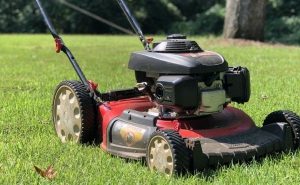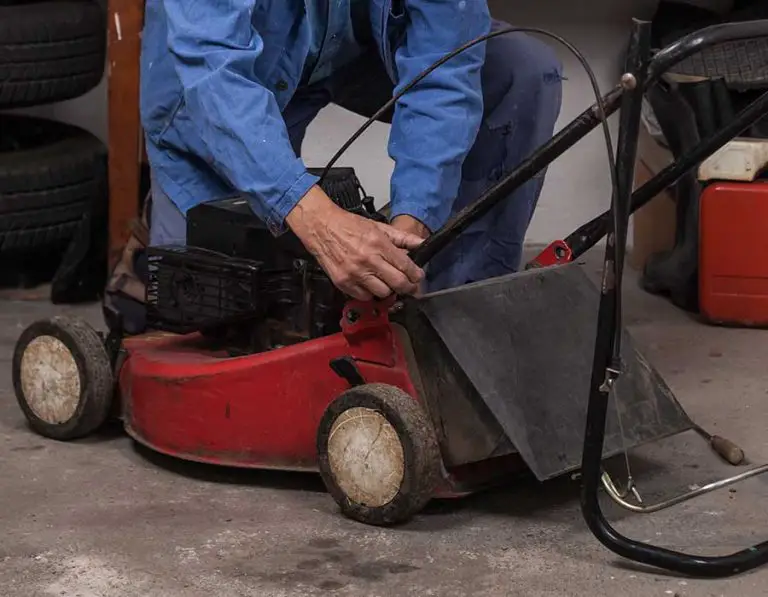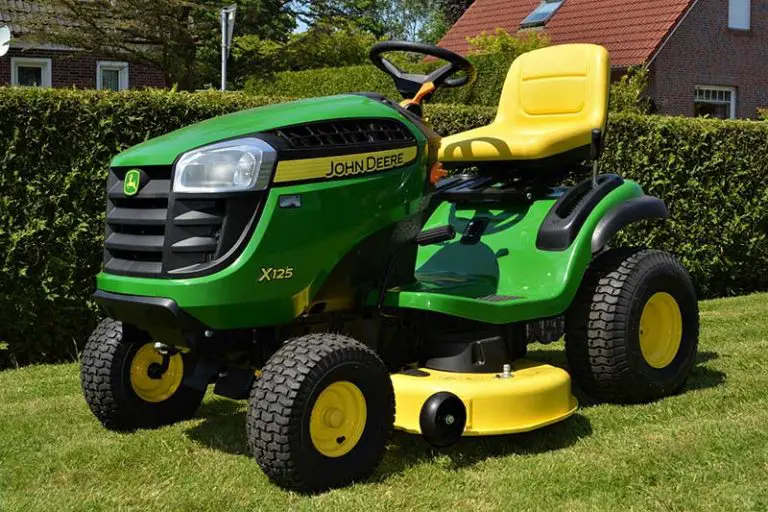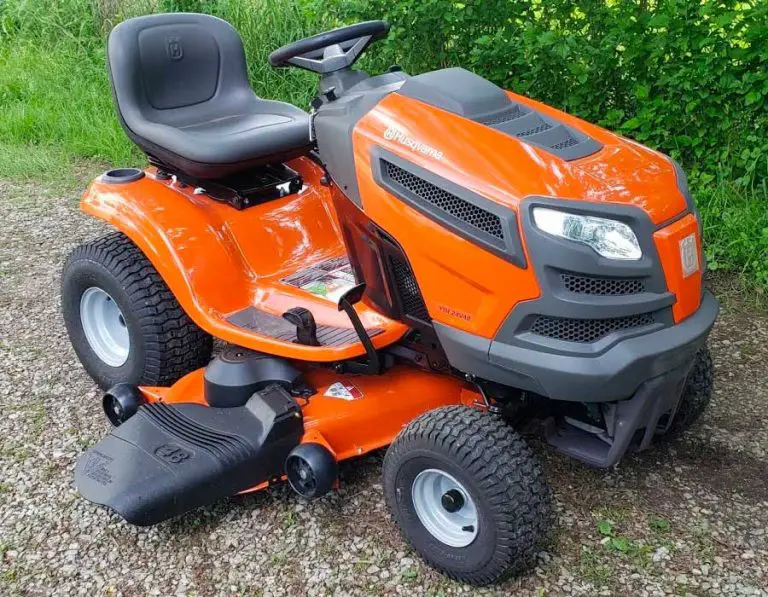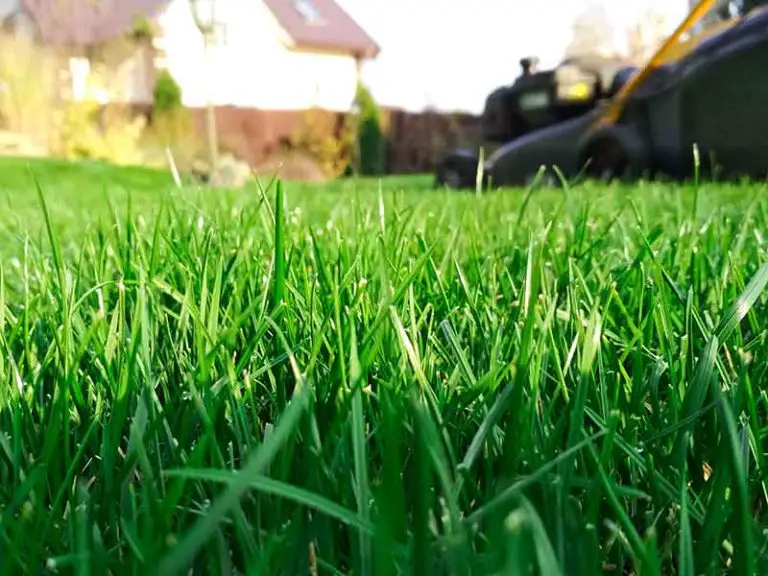Should A Lawn Mower Fuel Filter Be Full?
The lawnmower fuel filter is an essential engine component to keep it running smoothly. Its purpose is to strain impurities and particles from the fuel before reaching the carburetor. Your lawn mower works around a lot of dust and dirt. Hence, it comes with three filters to help prevent these foreign particles from getting into the engine- air, fuel, and oil. This article will focus on the fuel filter and how it affects your lawnmower.
Your lawn mower fuel filter should be filled. If the fuel filter is not filled up, it could be a sign of an underlying issue and could cause air to enter through the fuel filter, damaging the engine. It will draw in the air rather than gas, causing the engine to smoke and overheat.
What Does A Fuel Filter Do?
The function of a fuel filter is to ensure that dirt-free fuel is what goes into the carburetor. It is small with a round filter enclosed in plastic or metal in some cases. It is located either inside the fuel tank or in the fuel line between the fuel pump and tank.
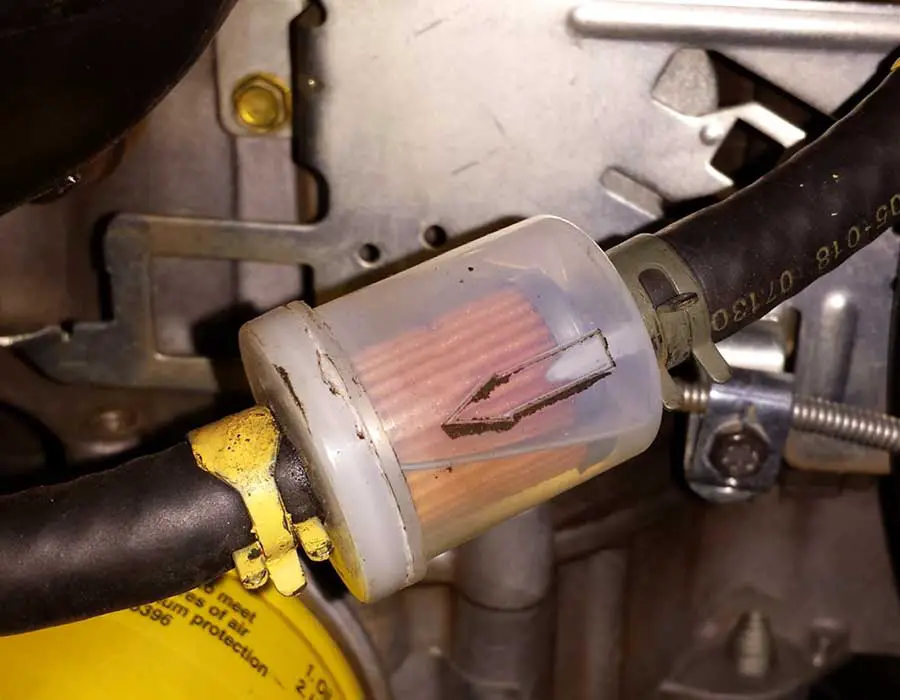
Should A Lawn Mower Fuel Filter Be Full?
Yes, a lawnmower fuel filter should be full. Although it is okay for a few air bubbles to be afloat, air getting into the fuel filter will affect the engine’s performance.
Signs Of A Faulty Fuel Filter
Your lawn mower’s fuel filter may not be getting full because it is clogged, old, or needs some cleaning. It can also be that there is not enough fuel in the tank, or too much air is in the fuel line. A faulty fuel filter can be indicated by:
- Sputtering sounds when you start the lawnmower
- Difficulty in starting the mower
- Uneven idling
- Lawnmower unable to start at all
- Lawnmower suddenly stops working while in use
- Fuel system failure
- Fumes have an odor
How To Fix A Clogged Or Faulty Fuel Filter
You either need to clean the fuel filter or replace it to fix the problem.
Cleaning the fuel filter
Like air filters, fuel filters come in different materials- nylon, paper, or metal. Metal filters are easier to clean and can be reused. Nylon and paper filters are better replaced.
Before cleaning, you will need some tools nearby for a smooth process- a screw wrench, a clean piece of cloth, safety gear, and a good cleaner (preferably a carburetor cleaner).
Step 1: Park the lawnmower in an open space
Step 2: Locate and remove the fuel pump fuse
Step 3: Remove the spark plug
Step 4: Remove the fuel lines
Step 5: Remove and drain the fuel filter
Step 6: Clean the fuel filter and let dry
Park the lawnmower in an open space
To prevent accidents involving fire, suffocation, and taking in toxic gasses, it is best to carry out this process in a well-ventilated area, preferably an open space.
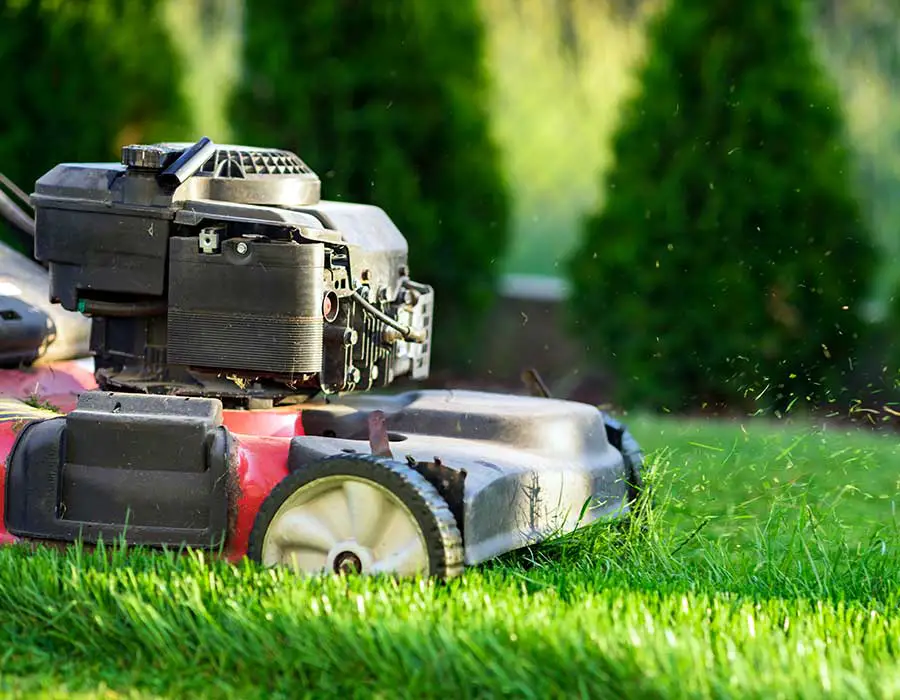
Remove the fuel pump fuse.
Remove the fuel pump fuse and let the engine run for a couple of minutes. This will ease the system of some pressure before you proceed.
Remove the spark plug
Let it cool a bit after turning off the engine and then disconnect the negative terminals to prevent a fire. Not removing the spark plug can lead to ignition from the gas fumes or the engine starting itself.
Disconnect the fuel lines
The fuel line connects to the filter with the combustion chamber. Using a screw wrench, you can easily remove the fuel lines. Ensure that you have safety goggles and gloves on because there is a high chance of fuel spillage.
Remove and drain the fuel filter
Carefully detach the fuel filter, noting how it is placed for when to put it back. The wrong placement of the fuel filter can cause wear to the pump and restrict fuel flow to the engine. Some fuel filters have labels to guide you on how to seat them correctly. Gently tap the fuel filter on both ends to drain any fuel residue. Drain any fuel in it into a container.
Cleaning the fuel filter
Take the carburetor cleaner, spray inside and outside the fuel filter, and tap the ends again. Please leave it in the open air to dry for a couple of hours.
Safety Measures For Cleaning Fuel Filters
- Wear protective gloves and safety goggles
- Work with old clothes you would not mind staining
- Ensure to remove the spark plug before getting into the process
- Make sure the engine is off before removing the fuel filter
- Carry out this process in an open space to avoid fire and choking hazards
How To Replace A Fuel Filter
Nylon and paper fuel filters cannot be reused, unlike metal ones. They need to be replaced when they get clogged up. The tools required are the same as those listed in the cleaning process.
Step 1- Position the mower on a level surface in an airy space
Step 2- Remove the fuel lines
Step 3- Remove the fuel filter
Step 4- Correctly install the new filter
Step 5- Hold the fuel lines back in place
Step 6- Start the lawnmower
Position the mower
Park the mower on a stable flat surface, preferably in open air or a well-ventilated place. Make sure the engine is not running, and if it is still hot, wait for it to cool.
Remove the fuel lines.
Use a screw wrench or pliers to remove the fuel lines. Make sure you have gloves on and a container under to catch any fuel spills when doing this.
Remove the fuel filter.
Gently twist the old fuel filter to loosen it and remove it. Note how the filter was positioned in its seat.
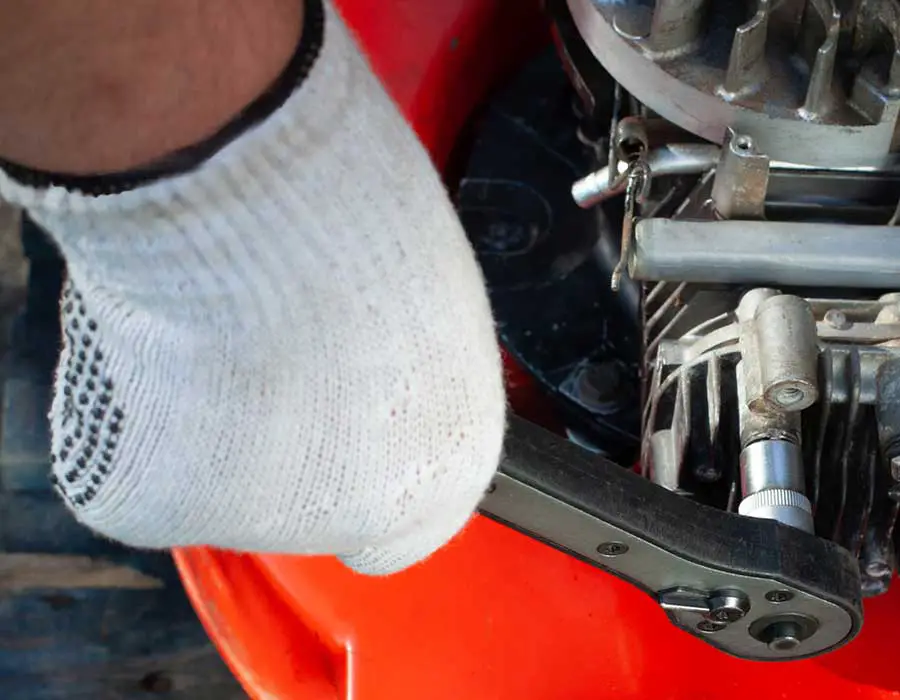
Install the new fuel filter
Insert the end of the new filter into the seat ends, and flick it into position. Most of these filters are labeled to show how to position them.
Hold the fuel lines back in place.
Move the clamps over the ends of the fuel filter and tighten them with pliers. After that, use a piece of cloth to wipe clean.
Start the lawnmower
Start the lawnmower and observe if it works fine. If it does not work correctly as expected, you should get a service provider to help you check and fix the problem.
What Happens If The Lawn Mower Fuel Filter Is Not Full?
Loud noise from the engine:
Due to the shortage inflow of fuel, the engine overworks to pull more fuel in, but instead, the air gets in, and the engine begins to make roaring noises.
The lawnmower is harder to use:
If the engine is not getting enough fuel, it will not work smoothly. You will need to push harder and expend more energy. It also makes the lawnmower work slowly and stall.
Overheating:
When there is not enough fuel, the engine starts to burn more oxygen, leading to overheating.
No engine power:
With little or no fuel getting through the engine injector, it loses its power sending the lawnmower into limp mode. It will be challenging to start as there is no fuel to power it up.
FAQs
How often should I clean or change my lawnmower fuel filters?
If your lawnmower uses a metal fuel filter, you can clean it and reuse it. The recommended number of times is to clean it at least twice a year, or after every 20,000 miles covered. However, paper and nylon fuel filters should be replaced with a new one every two years.
What makes a fuel filter clogged?
Fuel filters get clogged up by particles and debris from the drawn fuel and fuel tank walls. Usage over a long time also causes particles to accumulate on the filter pores.
Can you clean the fuel filter without taking it out?
Doing this is not advised because it does not make the problem disappear. Taking it out and doing a thorough cleanout is the best solution for unclogging. It takes only about ten to fifteen minutes to clean a fuel filter properly.
What type of fuel filter is best?
Metal fuel filters are preferred because they are more economical and can be used for extended periods. You can easily maintain them by washing and reusing them up to five times. Paper and nylon filters do not last as long as metal ones because once they get clogged, cleaning them out is difficult, so the best option is to discard the old ones and replace them with a new one.
Final Thoughts
A clean fuel filter is indispensable to a lawnmower; hence it is vital to maintain the fuel filter. To maintain it- do periodic checks, do not delay whenever you sense a problem, make use of suitable cleaning fluid and change it when necessary. Handling the fuel filter carelessly is detrimental to engine health, and this article addresses how to treat your fuel filter.

